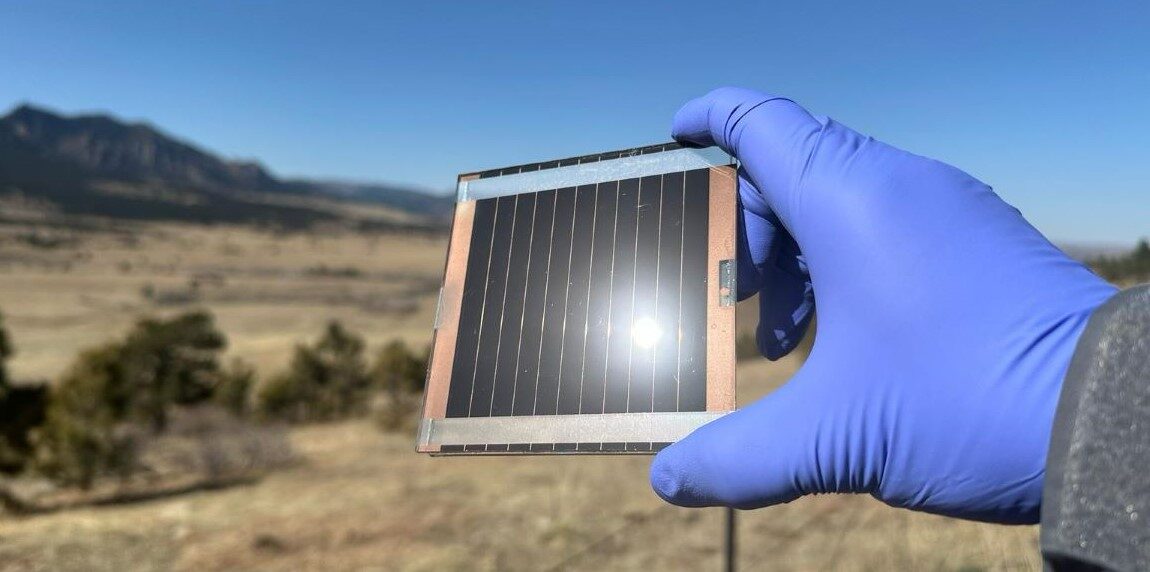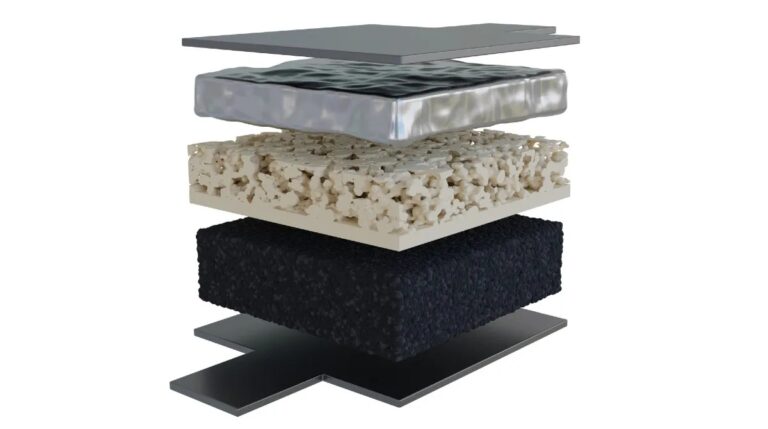The US solid-state battery developer has announced that it has achieved 800 cycles with its battery, marking significant progress towards commercialization. If this trend continues, the development offers promising opportunities for grid-scale projects.
By ESS news
ION Storage Systems has reached the 800 cycle mark with its solid-state battery, which it plans to bring into commercial production. The battery previously exceeded 125 cycles with less than five percent capacity loss in March 2024.
The 800 cycle milestone was achieved without encountering the common issues that can complicate the market readiness of solid-state batteries. The battery, which uses a ceramic electrolyte separator, was tested without compression and showed no signs of swelling or volume change.
According to ION, this means that the battery does not require compression, swelling budget, an extensive cooling system or heavy fire barriers when deployed.
Neil Ovadia, VP Supply Chain at ION, spoke with ESS news about the company’s progress after previous reporting in 2022.
“The last two years have been transformative. We have grown from approximately 20 employees to more than 75, expanded to two larger buildings and have broken ground on our pilot production facility,” said Ovadia.
“We are initially focusing on the defense and consumer products markets, with plans to transition to electric vehicles and grid storage as we reduce costs and increase energy density,” he added.
Technical milestones
The technical performance of the battery itself was the real highlight, according to Ovadia.
“We have made great progress in the life cycle of our product. We went from proving 125 cycles in March to achieving 800 cycles in July. Importantly, these cycles were achieved at room temperature without compression or additional aids, demonstrating the true potential of our solid-state technology,” he said.
Robert Whittlesey, Principal Technical Program Manager at ION, explains ESS news the technical process behind testing, and emphasized its importance.
“800 cycles are significant because that is more than most consumer electronics. That’s starting to make its way into electric vehicle and networked storage applications, and even into space applications that require long lifespans. So this is something that can be used for all applications.”
Ovadia added: “It’s a combination of all the characteristics of that battery that achieved 800 cycles. One thing you find with solid state batteries is this requirement for compression, this need for heat, this coddling of the battery to achieve those cycles. It is meaningful when you look at it as a final product; it makes it more expensive and heavier, and takes away the potential and promise of a solid battery.
A graph of the C/3 tests (a charge-discharge rate of charging every three hours, discharging every three hours) provided by ION shows low capacity loss:
Grid storage options
ION’s advances with its solid-state batteries are highly relevant for grid-scale applications. The company recently awarded $20 million from the US government’s ARPA-E Scale-Up program, which aims to accelerate the development of larger cells for grid storage.
Ovadia said: “We are focused on scaling our technology to produce larger, more cost-effective batteries. This includes working with manufacturing partners and leveraging our university research partnerships to improve both the mechanical and electrochemical aspects of our technology.”
He further emphasized the robustness and safety of their technology, stating: “Our batteries are inherently safer, eliminating the risk of fire associated with lithium-ion batteries. This makes them ideal for large-scale energy storage deployments where safety is paramount.”
Whittlesey added: “Our technology is not only safer, but also more efficient under different temperature conditions. Traditional lithium-ion batteries require significant infrastructure to maintain optimal temperatures, which adds costs. Our batteries can operate effectively over a wider temperature range, reducing the need for such infrastructure.”
Ovadia said current BESS network infrastructure generally consumes energy as a parasitic supply for cooling, something that can be eliminated by the ability to operate at higher temperatures without the dangers of lithium-ion batteries.
Additionally, Whittelsey pointed out the solution’s recyclability versus traditional graphite anode battery products.
More to come
ION recently secured a supply agreement and investment from Saint-Gobain, one of the world’s largest suppliers of ceramics, glass and materials, in late 2023 to increase its manufacturing capabilities.
“We are working with several other major multinational partners to produce significant quantities at gigawatt-hour scale and achieve global reach in manufacturing,” Neil said, adding that there will be more “key announcements” from the company in the coming quarters.
The relatively young company previously raised $8 million in 2019 and $31 million Series A funding in 2022.
This content is copyrighted and may not be reused. If you would like to collaborate with us and reuse some of our content, please contact: editors@pv-magazine.com.
Popular content



